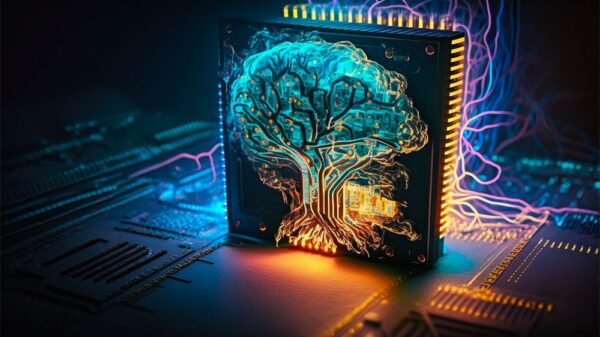Introduction
Hard drive failures can be a nightmare for individuals and businesses alike. The loss of valuable data can have severe consequences, ranging from financial losses to reputational damage. Fortunately, there have been significant advances in hard drive recovery techniques in recent years, offering hope to those facing data loss.
1. Solid State Drive Recovery
With the increasing popularity of solid-state drives (SSDs), data recovery specialists have had to adapt their techniques to recover data from these devices. Unlike traditional hard disk drives (HDDs), SSDs do not have moving parts, making them more resistant to physical damage. However, SSDs can still experience logical failures, such as file system corruption or accidental deletion. Advanced recovery tools and techniques have been developed specifically for SSDs, allowing experts to retrieve data even in the most challenging cases.
2. Remote Data Recovery
Traditionally, data recovery involved physically accessing the damaged hard drive and performing the recovery process in a controlled environment. However, remote data recovery has emerged as a viable option for certain types of failures. Remote recovery involves connecting to the affected device over the internet and performing the recovery process remotely. This technique is particularly useful when the physical location of the damaged drive makes it difficult or impossible to transport to a data recovery lab.
3. Machine Learning and Artificial Intelligence
Machine learning and artificial intelligence (AI) have revolutionized various industries, and data recovery is no exception. These technologies can analyze vast amounts of data and identify patterns that may help in the recovery process. By leveraging machine learning algorithms, data recovery specialists can improve their success rates and reduce the time required to recover data. AI-powered tools can also assist in the identification and reconstruction of damaged or missing files.
4. Cloud-Based Recovery Solutions
Cloud storage has become increasingly popular, and many individuals and businesses rely on it to store their valuable data. In the event of a hard drive failure, cloud-based recovery solutions offer a convenient option for retrieving lost data. These solutions involve connecting to the cloud service provider and initiating the recovery process. The advantage of cloud-based recovery is that it eliminates the need for physical access to the damaged drive, making it a viable option for remote workers or individuals with limited technical expertise.
5. Data Reconstruction Techniques
In cases where the hard drive has suffered severe physical damage, data reconstruction techniques can be employed. These techniques involve repairing or replacing damaged components of the drive in order to retrieve the data. Advanced tools and expertise are required for data reconstruction, and it is a specialized area within the field of data recovery.
Conclusion
The latest advances in hard drive recovery techniques have provided new hope for individuals and businesses facing data loss. From solid-state drive recovery to remote data recovery, machine learning, and cloud-based solutions, there are now more options available than ever before. It is crucial to consult with a professional data recovery specialist to determine the most suitable technique for your specific situation.
































